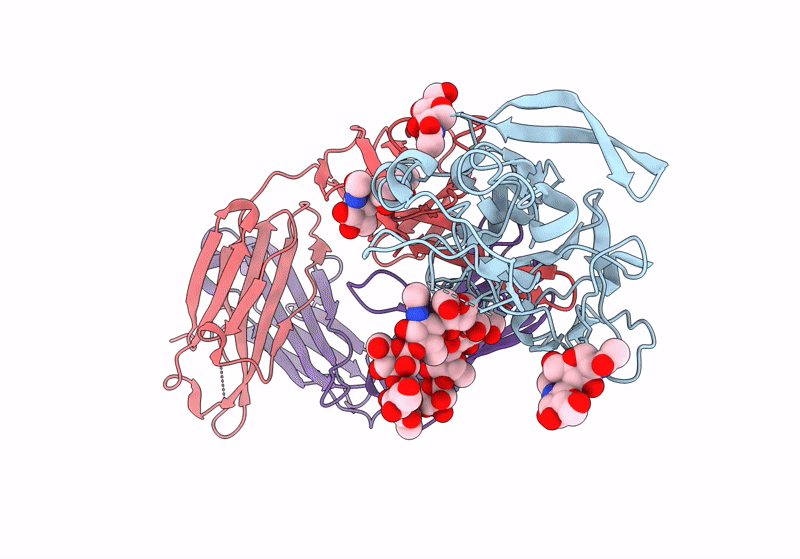
Deposition Date
2024-02-14
Release Date
2024-03-27
Last Version Date
2024-11-13
Entry Detail
PDB ID:
8W0V
Keywords:
Title:
Crystal structure of broadly neutralizing antibody hcab55 in complex with Hepatitis C virus envelope glycoprotein E2 ectodomain
Biological Source:
Source Organism:
Hepacivirus hominis (Taxon ID: 3052230)
Homo sapiens (Taxon ID: 9606)
Homo sapiens (Taxon ID: 9606)
Host Organism:
Method Details:
Experimental Method:
Resolution:
2.59 Å
R-Value Free:
0.25
R-Value Work:
0.20
R-Value Observed:
0.20
Space Group:
P 21 21 21


